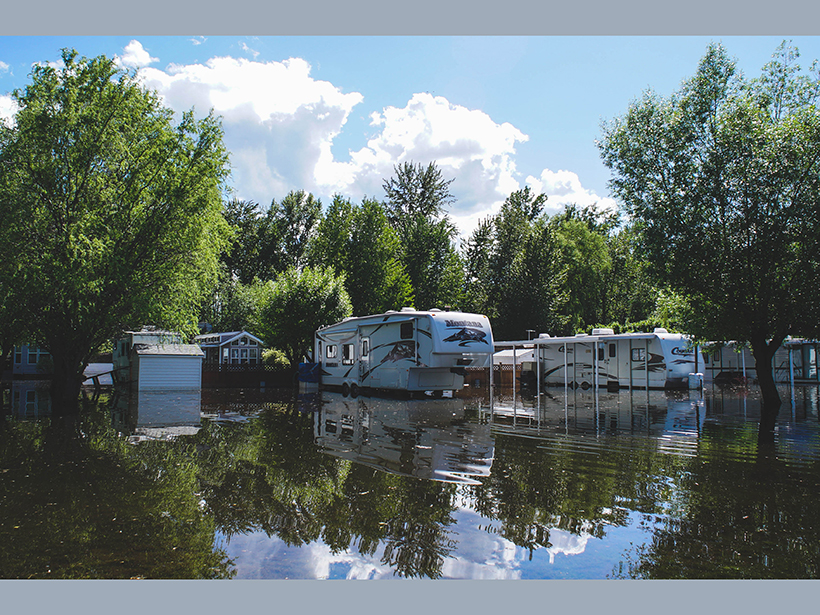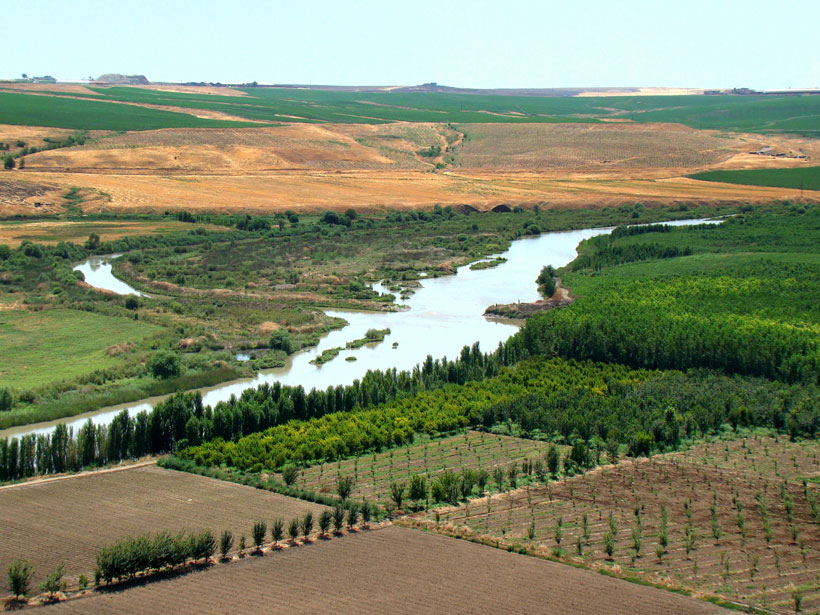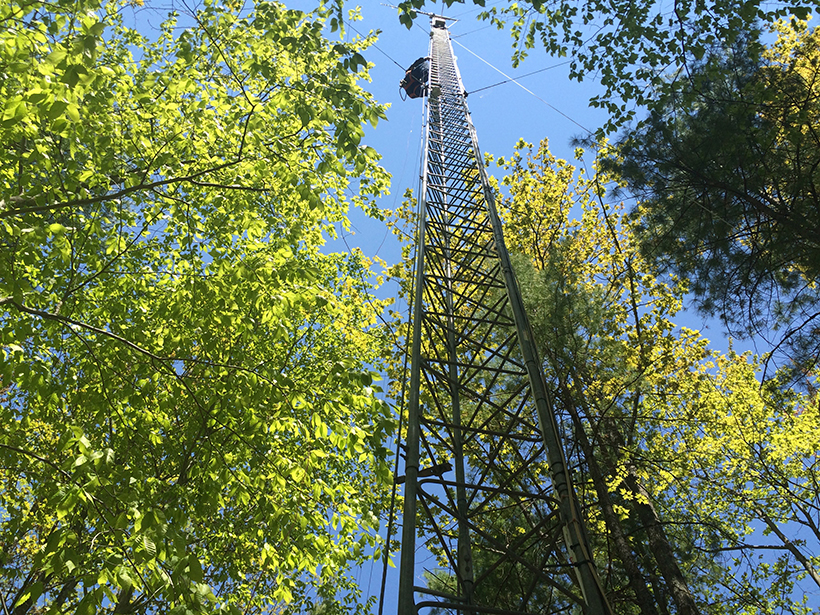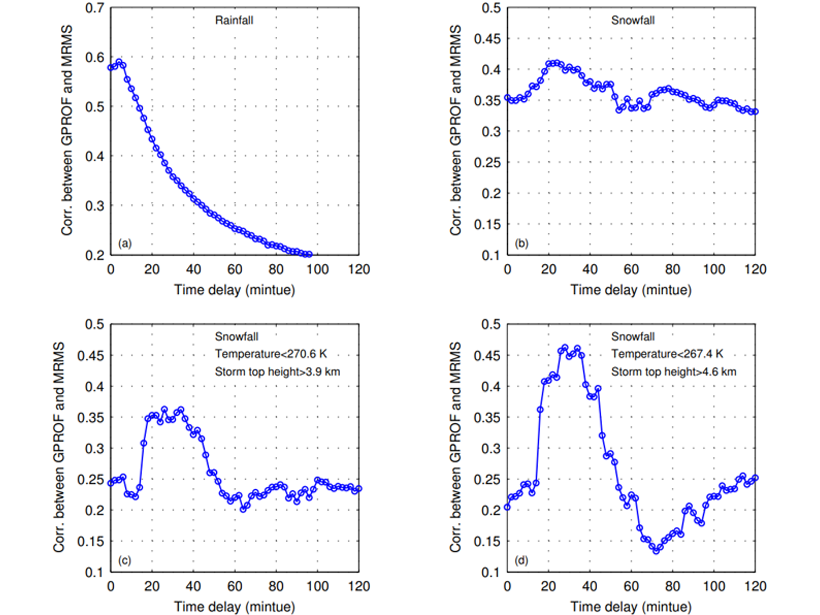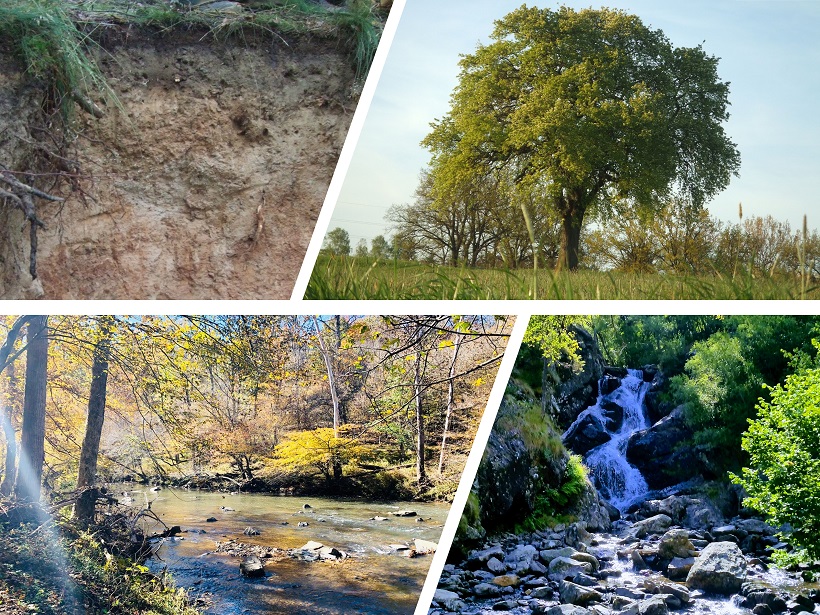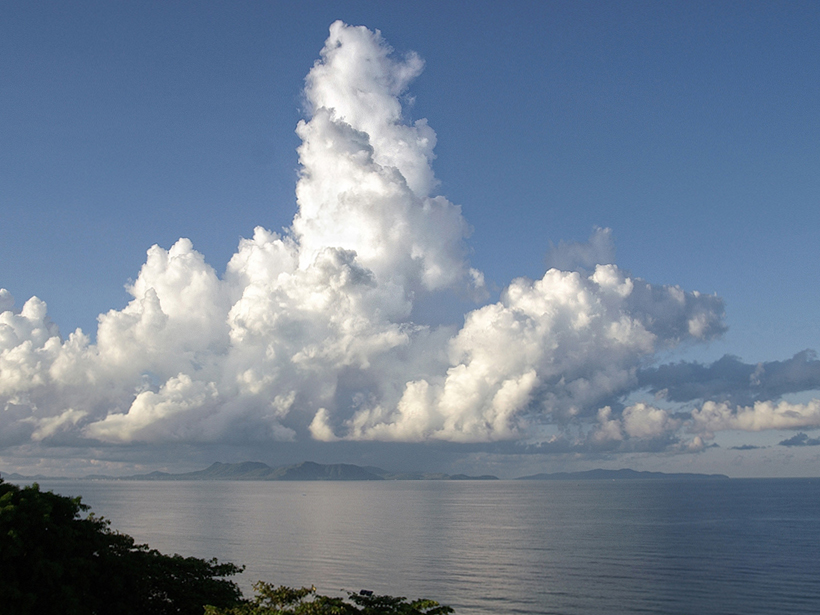New research highlights differences in drought and flood hazards globally under 1.5°C versus 2°C temperature increases and estimates associated human and economic effects.
water cycle
How Does a Greening Arctic Affect Groundwater Recharge?
New research examines how shifts in aboveground ecology influence belowground hydrology in the Arctic.
How Much Modification Can Earth’s Water Cycle Handle?
The planetary boundaries framework defines how much human disturbance various Earth system processes can take, but it may not adequately depict the water cycle or the extent to which we’ve altered it.
Shaping Water Management with Planetary Boundaries
A new study uses the planetary boundaries concept to formulate an approach to water management that considers both global and local limits to water cycle modifications.
Kustas Receives 2019 Hydrologic Sciences Award
William P. Kustas received the 2019 Hydrologic Sciences Award at AGU’s Fall Meeting 2019, held 9–13 December in San Francisco, Calif. The award is for “outstanding contributions to the science of hydrology.”
How Forest Structure Influences the Water Cycle
New research looks at how changes in the arrangement of trees and canopy thickness influence the transport of water from the land surface to the atmosphere.
Accounting for the Fact that Snow Falls Slower than Rain
When calibrating satellite observations with ground-based ones, estimated precipitation rates are improved by considering that snow takes longer to fall compared to rain.
How Old is the Water from the Tree Canopy to Groundwater?
Understanding the “age” of water in different times and places offers insights into how water moves through the hydrological cycle.
One Step Closer to a Milestone in Climate Modeling
A pair of revisions to the Energy Exascale Earth System Model improves its ability to capture late afternoon and nocturnal rainfall as well as the timing and movement of convection.
Many Water Cycle Diagrams Promote Misconceptions
Most representations of the water cycle are flawed, researchers found by analyzing over 450 diagrams: The effects of humans, seasonal changes, and different biomes are often neglected.

